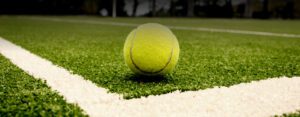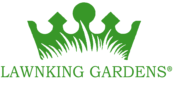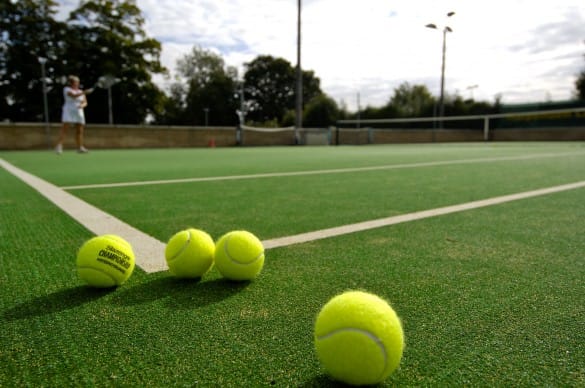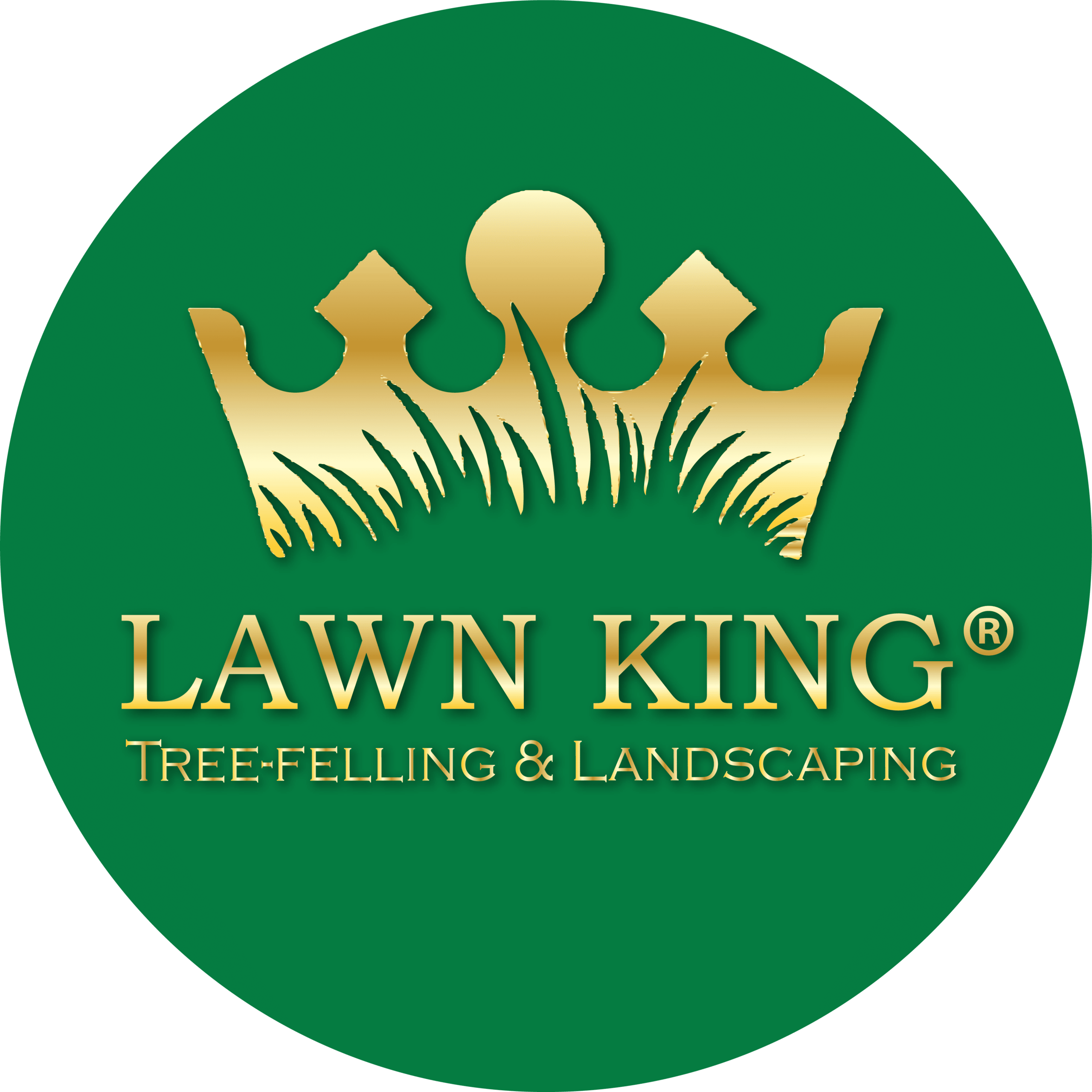Artificial Sports Turf for Tennis Courts in South Africa
Artificial sports turf has emerged as a popular choice for tennis courts in South Africa, offering a range of benefits over traditional surfaces like clay or grass. Made from synthetic materials such as polypropylene or polyethylene, artificial grass provides a durable and low-maintenance alternative that is well-suited for the demanding conditions of tennis gameplay.
Advantages of Artificial Grass on Tennis Courts
Artificial sports turf offers several advantages for tennis courts, making it an attractive option for facilities and players alike. One of the primary benefits is its consistency and resilience. Unlike natural grass, which can become uneven and worn over time, artificial turf provides a uniform playing surface that maintains its quality throughout the year. This consistency ensures predictable ball bounce and speed, allowing players to focus on their game without distractions.
Another advantage of artificial grass is its durability and resistance to wear and tear. Synthetic turf can withstand heavy foot traffic, inclement weather, and intense gameplay without deteriorating or becoming damaged. This longevity ensures that tennis facilities can enjoy a reliable playing surface for years to come. The need for frequent repairs or replacements will also be reduced.
Additionally, artificial sports turf requires minimal maintenance compared to natural surfaces. Traditional lawn care tasks such as mowing, watering, and fertilizing are eliminated, saving both time and resources for tennis facilities. This low-maintenance nature makes artificial grass an economically viable option over the long term, as it reduces operational costs and ensures consistent playability.
Disadvantages of Artificial Grass on Tennis Courts
While artificial sports turf offers numerous advantages, there are also some drawbacks to consider. One potential disadvantage is the initial cost of installation, which can be higher than that of natural grass or clay courts. However, this upfront investment is often offset by long-term savings on maintenance and upkeep, making artificial turf a cost-effective choice over time.
Another consideration is the potential for surface heating on hot days. Synthetic turf can absorb and retain heat, resulting in elevated surface temperatures that may be uncomfortable for players. To address this issue, some facilities opt for specialized cooling systems or select artificial grass products designed to minimize surface heating.
Furthermore, artificial sports turf may require periodic brushing or grooming to maintain its appearance and performance. High-traffic areas of the court may experience matting or compaction of the turf fibers over time. This requires regular maintenance to ensure optimal playability. Additionally, synthetic grass surfaces may be prone to static electricity buildup. Particularly in dry conditions, which can affect ball bounce and player comfort.
Maintenance Procedures for Artificial Grass Tennis Courts
Maintaining artificial sports turf tennis courts involves several key procedures to ensure optimal performance and longevity. Regular cleaning and grooming are essential to remove debris, leaves, and other contaminants that can accumulate on the surface over time. This typically involves sweeping or vacuuming the court surface to keep it clean and free of obstructions.
Additionally, periodic brushing with a specialized grooming machine helps to redistribute infill materials and prevent matting or compaction of the turf fibers. This helps to maintain a consistent playing surface and ensures that the court remains safe and enjoyable for players.


Furthermore, artificial grass tennis courts may benefit from occasional power washing to remove stubborn stains or dirt buildup. However, it’s essential to use gentle cleaning agents and avoid harsh chemicals that could damage the synthetic fibers. Finally, routine inspections and repairs of seams, edges, and any damaged areas are necessary. This is to maintain the integrity and safety of the court surface.
In summary, artificial sports turf offers numerous advantages for tennis courts in South Africa, including consistency, durability, and low maintenance. While there are some disadvantages to consider, proper installation and maintenance can mitigate these issues effectively. This ensures a reliable and long-lasting playing surface for tennis enthusiasts of all levels. For professional construction os tennis courts and atificial turf installation, contact LawnKing Gardens.


